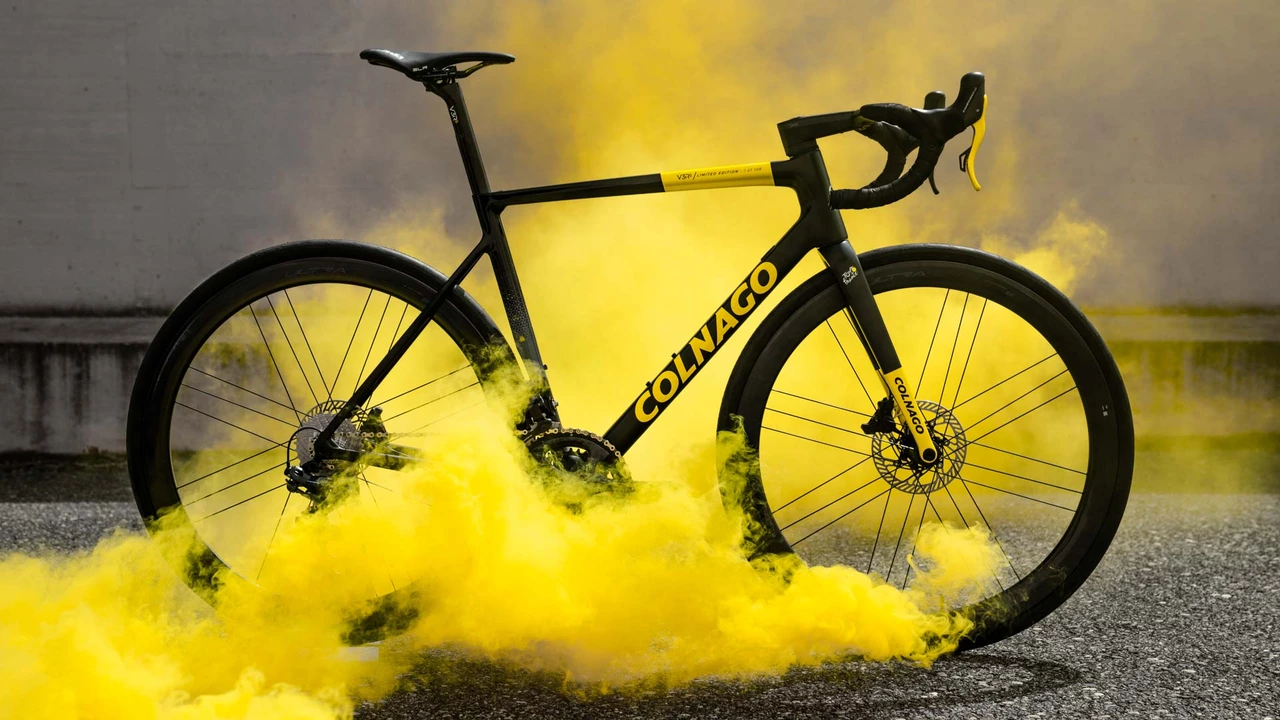Performance Improvement Tips for Cyclists
If you ever wonder why some riders seem to always have more stamina, faster speeds, and fewer aches, the answer isn’t magic. It’s a mix of small habits, smart training, and good equipment. Below are straightforward steps you can add to your routine today, plus a few ideas for planning the months ahead.
Quick Wins for Faster Riding
Start with things you can change right after a ride. Many cyclists keep pedaling after a race or hard session. That extra few minutes helps muscles stay loose and reduces stiffness – think of it as a moving cool‑down instead of a sudden stop. Pair this with light stretching for the hamstrings and hips, and you’ll feel less sore the next day.
Another easy tweak is your clothing. Wearing padded bike shorts isn’t just about style; they cut friction and prevent saddle sores, letting you ride longer without discomfort. If you prefer a different look, make sure you have a quality chamois pad or cream to protect the skin.
Hydration and fuel matter even on short rides. Grab a banana or a handful of raisins before you head out, and sip water every 15‑20 minutes. Consistent energy keeps your heart rate steady and improves overall efficiency.
Long‑Term Strategies
Cross‑training with activities like cycling on a stationary bike or easy jogging builds leg strength without the impact that can wear you down. A couple of low‑intensity rides each week, followed by a harder interval session, balances endurance and power.
Invest time in bike fit. A saddle that’s too high forces you to over‑extend, while a low saddle makes you pedal inefficiently. Small adjustments to handlebar reach can also improve aerodynamics, letting you cut through the wind with less effort.
Plan your training in blocks. Spend four weeks focusing on endurance rides (steady 2‑3 hour rides at a comfortable pace), then switch to two weeks of hill repeats or interval work, and finish with a recovery week. This periodisation prevents burnout and continually challenges your body.
If you’re eyeing bigger goals, like a century ride or a mountain stage, add strength work off the bike. Simple body‑weight squats, lunges, and core planks translate directly into more power on the pedals and better stability on rough terrain.
Finally, keep track of what works. Jot down the distance, average speed, weather, and how you felt after each ride. Patterns will emerge – maybe a certain nutrition combo boosts your average speed, or a particular rest day reduces fatigue. Use those insights to fine‑tune your plan.
By mixing quick post‑ride habits, smart gear choices, and a structured training calendar, you’ll notice real performance gains without needing fancy gadgets. Give one or two of these tips a try this week and feel the difference on your next ride.
How are Tour De France bikes better than basic bikes?
Boy oh boy, let me tell you, Tour De France bikes are like the Ferraris of the bicycle world compared to your average, everyday bikes! These lean, mean, pedaling machines are a marvel of technology, packing a punch with their incredibly light, yet super strong, carbon fiber frames. You know how we all dream of flying? Well, with their aerodynamic design, these bikes are as close as you can get to flying on two wheels! The gear systems on these bad boys are so advanced, they could probably outsmart a chess grandmaster. So, while your basic bike is perfect for a leisurely Sunday ride and a picnic, if you're gonna race like a pro, you need a bike that's up to the task - a Tour De France bike!
More